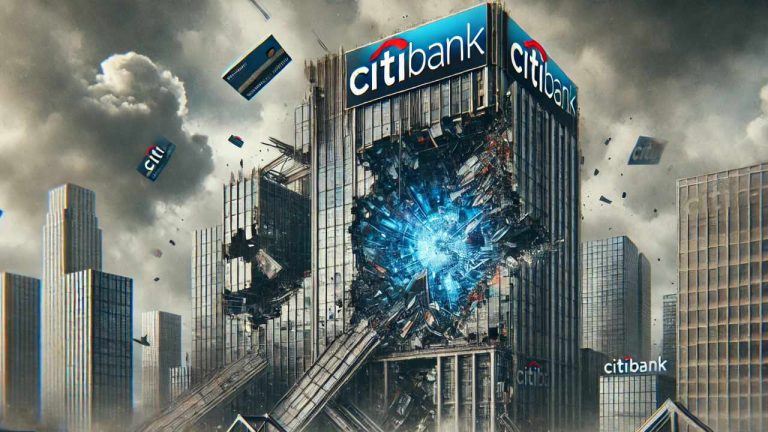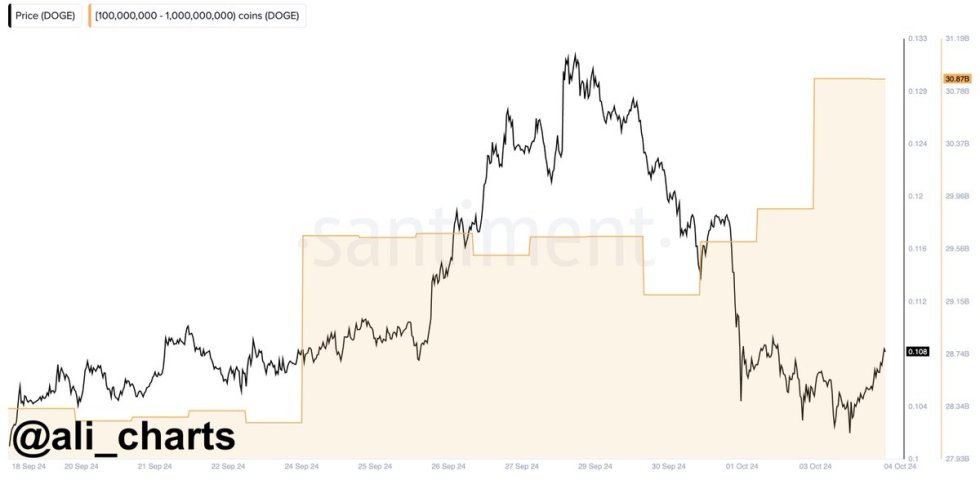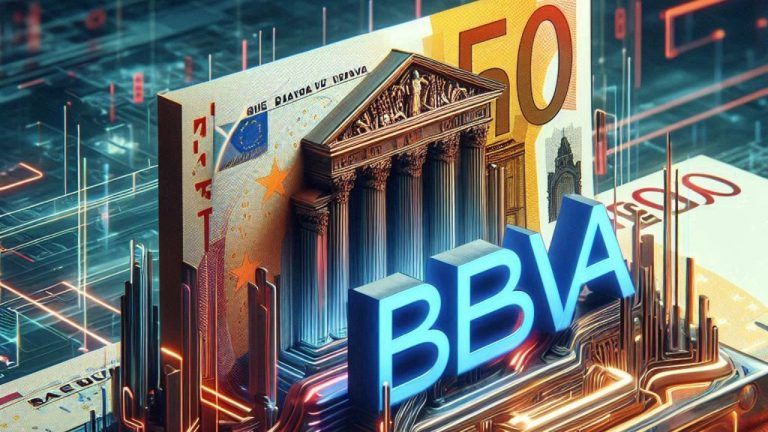$600 to $19.5k was a 32x increase in the previous bull market.
$9k to $100K would only be an 11x increase. Almost only a third of what the last bull run did.
$9K with a 32x increase would take us to $288K. But we all know that there is a tapering off in the cycles, and they become increasingly less dramatic.
I know what some of you might be thinking. Those starting numbers aren't really exact. There's a lot of debate as to when the bull run started. I just used the same methodology for both, to be at least consistent.
So let's use a number that's defined and certain, and not pulled out of my ass. The ATH.
In 2011 the ATH of the bull run was $33.
The 2013 ATH was about $1,150. That's 35x the last ATH.
In 2017 the ATH was 17x the 2013 ATH: $19.5k. The increase got cut by almost half.
If we continue with that pattern, we are looking at about 8.5-9x in this run.
That would put the 2022 ATH at about $170K.
Why would it stay so consistent, and why half?
There is an anomaly in the market, and something that points to an outside factor or influence, causing the market to behave as though it was controlled by a program.
That's because the effect of Bitcoin's algorithm is still affecting the long term trend, and outweighing short term trends. The halving (cutting the mining rewards in half) is built into its function, and affects its core tokenomics. It's like a built in deflationary function.
Why is Bitcoin's algorithm that relevant to the price?
Because Bitcoin is still being a little too dominant in this market, and leading other coins. So its own tokenomics still affect the overall market.
Why is its algorithm affecting its price?
The simple answer: tokenomics. The core of the value of Bitcoin begins with mining. That's where it all starts. The increased difficulty to get the same amount of coins, is at the source of what naturally increases the value. How much it costs to mine them, and how much Bitcoin can buy for miners and pay them.
To give you a simple example, let's look at the dollar.
Today, it may only take a day's work in an average office for one person to earn $150. So it's fairly easy to get $150, it doesn't hold a ton of value.
But in the 60s, $150 was the average weekly income for an entire US household. It took a lot more work to get that $150, one week, so $150 was much more valuable.
Same thing with Bitcoin and mining. And as long as it's the dominant coin, that increase in difficulty translates to more effect on the market and the value of that coin.
If Bitcoin dropped out of the top 10, then that increase in value would be more drowned out and wouldn't have as big of an effect on its price.
What about market cap?
I know what some of you might have been saying from the beginning. Back in 2017 we were working with much smaller market caps in the billions.
Now we're talking about trillions.
And you might be thinking, where are those extra trillions gonna come from? Surely it must be more difficult to increase the market cap now?
Likely, but not necessarily. And probably not by trillions.
Market cap is merely a theoretical number multiplying the supply of coins by the current market price. Something that makes some sense for stocks, but not so much for crypto.
It's not the actual amount of money that was put into that coin to purchase it, as many people believe.
So in theory, you could increase the market cap by $1 trillion, by only putting in $1.
Conclusion
While history typically doesn't repeat itself exactly, and the Bitcoin "cycles" haven't been linear, there is still evidence of a mathematical anomaly in the long term trend, showing a serious lack in randomness, and a potential manipulation or outside factor.
It does seem that while Bitcoin dominates the market, its algorithm has a big effect on the long term trend of the price.
So not only is $100K Bitcoin looking likely in the cards for 2022, over $150K+ seems to be the most probable target for the next bull cycle ATH.
The current increase in adoption, with far more businesses behind crypto than in the last cycle, institutional investors, and even countries adopting Bitcoin, definitely points to a market with enough optimism on the fundamental sides to potentially push the price higher than that forecast.
But nothing is 100% certain.
I'm talking in terms of probabilities here. What's the most likely scenario. A massive stock market crash could throw a wrench in that 2022 bull run.
[link] [comments]

You can get bonuses upto $100 FREE BONUS when you:
💰 Install these recommended apps:
💲 SocialGood - 100% Crypto Back on Everyday Shopping
💲 xPortal - The DeFi For The Next Billion
💲 CryptoTab Browser - Lightweight, fast, and ready to mine!
💰 Register on these recommended exchanges:
🟡 Binance🟡 Bitfinex🟡 Bitmart🟡 Bittrex🟡 Bitget
🟡 CoinEx🟡 Crypto.com🟡 Gate.io🟡 Huobi🟡 Kucoin.




















Comments